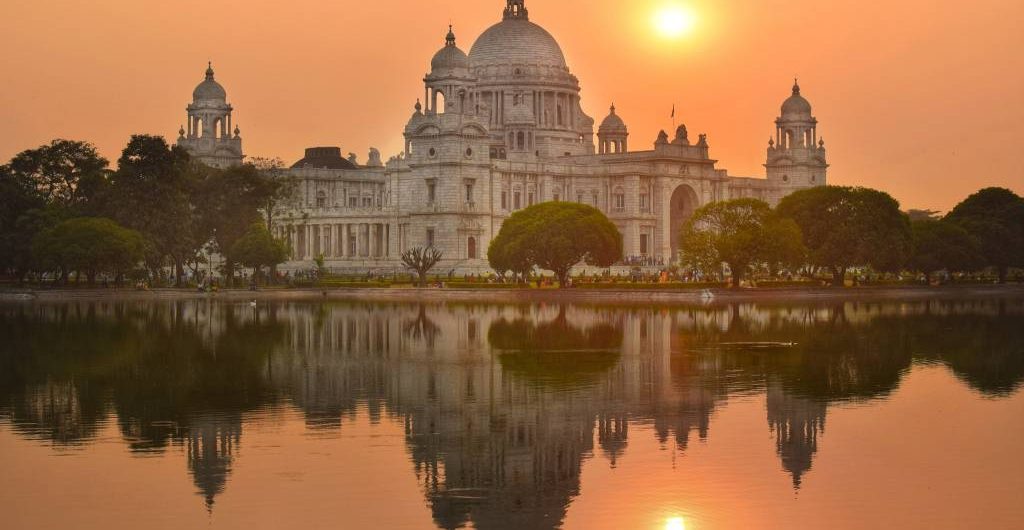
Kolkata, formerly known as Calcutta, is a city that resonates with history, culture, and a rich heritage. Situated on the eastern bank of the Hooghly River, Kolkata is one of India’s most vibrant and significant cities. From its colonial past to its modern-day intellectual and artistic vibrancy, Kolkata is a tapestry of traditions and progress. In this article, we will explore the essence of Kolkata, its history, culture, landmarks, and its role as the cultural capital of India.
Historical Background
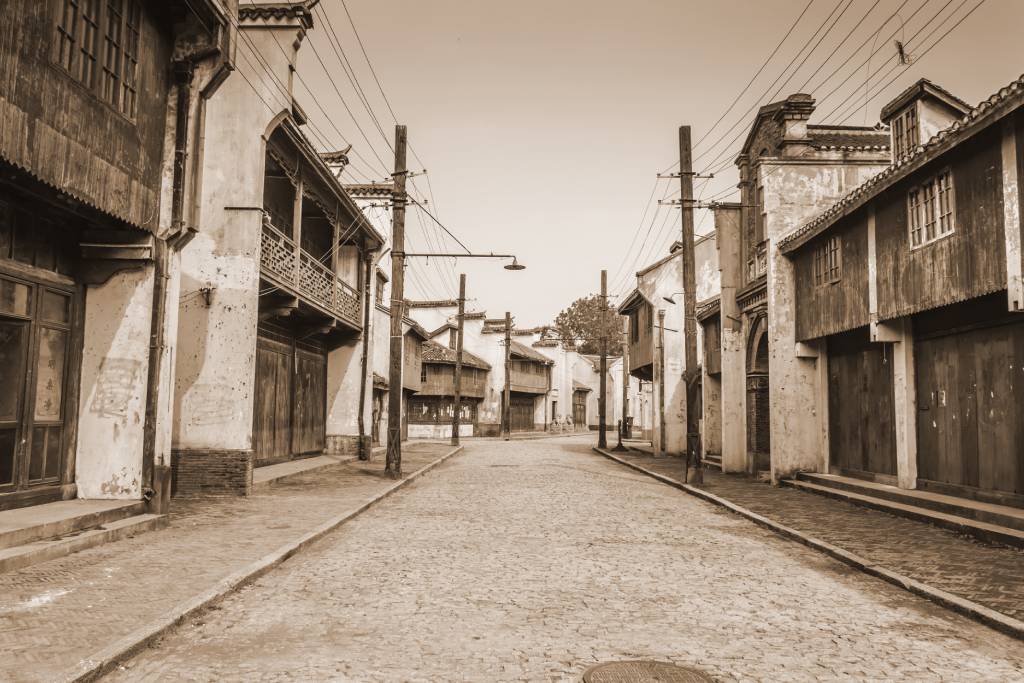
- Early Settlements: Kolkata’s history can be traced back to the late 17th century when the British East India Company established a trading post here. The city grew from a modest trading outpost to a significant colonial city over the centuries.
- Colonial Period: Kolkata served as the capital of British India until 1911, leaving behind a legacy of colonial architecture, which can still be admired in the city today.
- Role in India’s Independence Movement: Kolkata played a pivotal role in India’s fight for independence from British rule. It was a hotbed of nationalist activity, with leaders like Subhas Chandra Bose and Rabindranath Tagore spearheading the movement.
Geography and Climate
- Location on the Ganges Delta: Kolkata is situated on the fertile plains of the Ganges Delta, making it a strategic and economically vital location.
- Tropical Climate: The city experiences a tropical wet-and-dry climate with distinct wet and dry seasons. The monsoon season is particularly important for the region’s agriculture.
Culture and Heritage
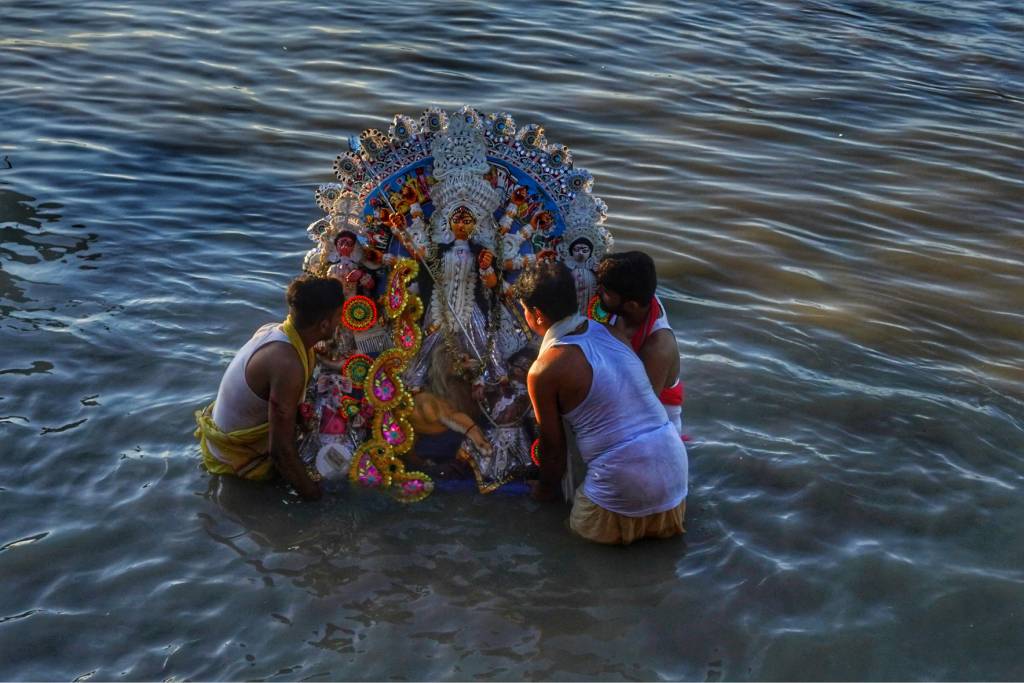
- Language and Literature: Bengali is the primary language spoken in Kolkata, and the city has a rich literary tradition. Nobel laureate Rabindranath Tagore, who penned the national anthems of India and Bangladesh, hails from Kolkata.
- Arts and Music: Kolkata is a hub for the arts, with a thriving theater scene, classical and folk music performances, and art galleries showcasing local talent.
- Festivals and Celebrations: The city comes alive during festivals like Durga Puja, which is celebrated with grand processions, elaborate decorations, and cultural performances. Kolkata’s Christmas and New Year celebrations are also known for their grandeur.
Landmarks and Attractions
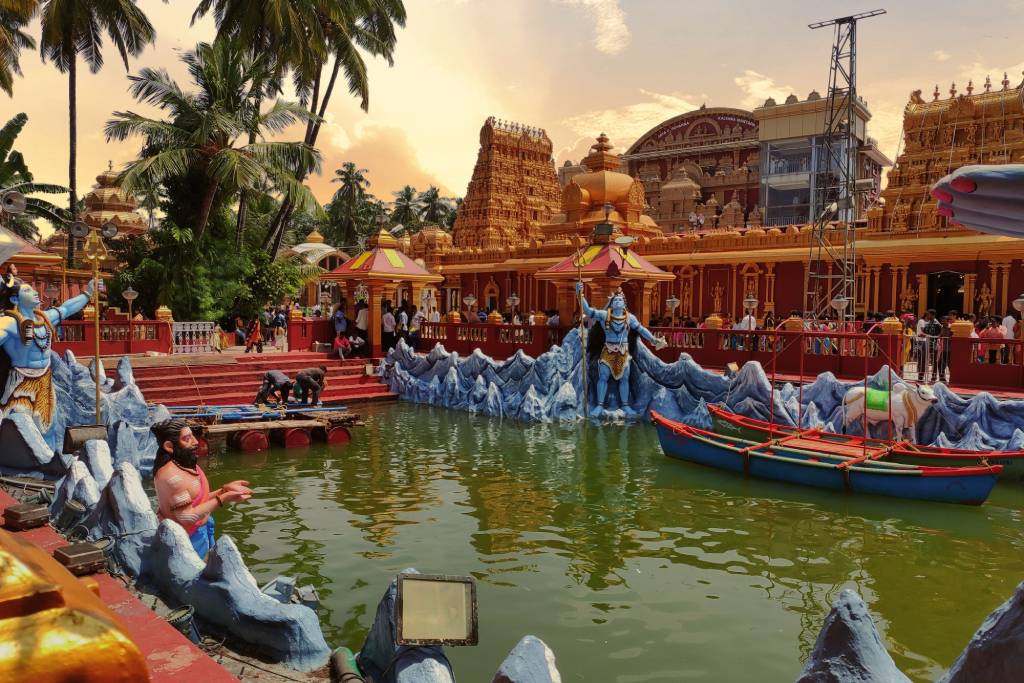
- Historical Monuments: Kolkata boasts iconic landmarks such as the Victoria Memorial, an exquisite marble structure, and the Howrah Bridge, one of the busiest cantilever bridges in the world.
- Religious Sites: The city is home to religious sites like the Dakshineswar Kali Temple, Belur Math, and Kalighat Temple, drawing pilgrims and tourists alike.
- Cultural Hubs: Tagore’s House (Jorasanko Thakur Bari), Marble Palace, and Science City showcase the city’s cultural diversity and intellectual heritage.
- Port of Kolkata: The city’s strategic location on the Hooghly River has made it a prominent trading hub for centuries. The Port of Kolkata remains a vital economic asset.
- Industrial and Commercial Centers: Kolkata has a thriving industrial and commercial sector, contributing significantly to India’s economy.
Education and Intellectual Hub
Premier Educational Institutions: Kolkata is home to prestigious educational institutions like Presidency University and Jadavpur University, nurturing generations of scholars.
Contribution to Literature and Intellectual Thought: The city has been a source of inspiration for writers, poets, and thinkers, contributing significantly to the intellectual discourse in India.
Food and Cuisine
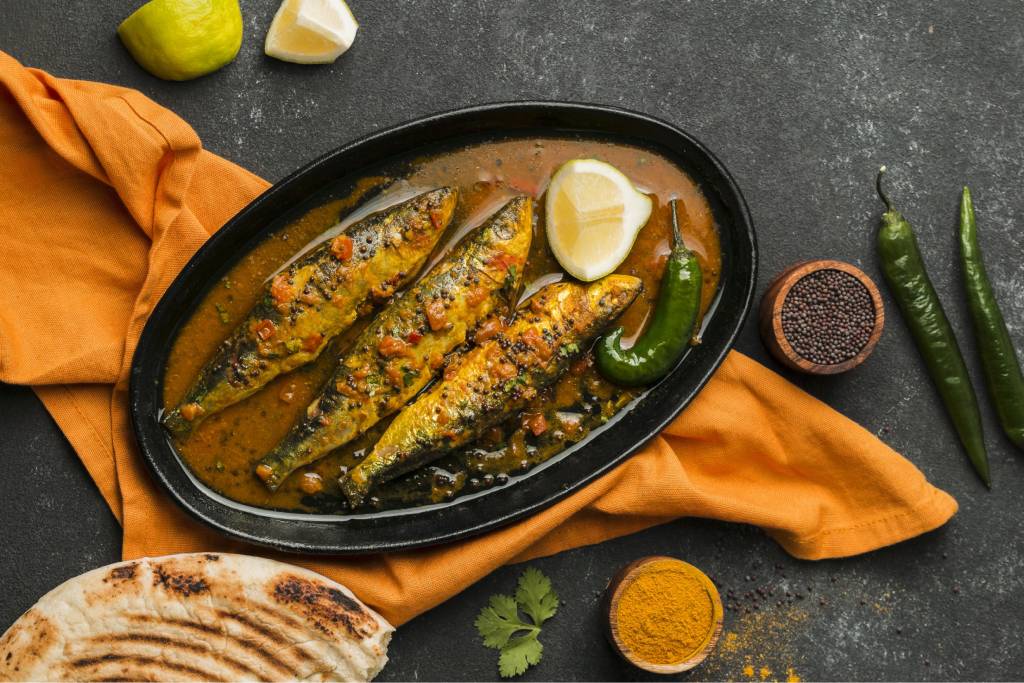
- Bengali Cuisine: Kolkata is famous for its delectable Bengali cuisine, known for its unique blend of sweet and spicy flavors. Must-try dishes include roshogolla, macher jhol (fish curry), and sandesh.
- Street Food Culture: Kolkata’s streets are lined with food stalls offering an array of street foods like kathi rolls, puchka (pani puri), and jhalmuri, providing a delightful culinary experience.
Transportation
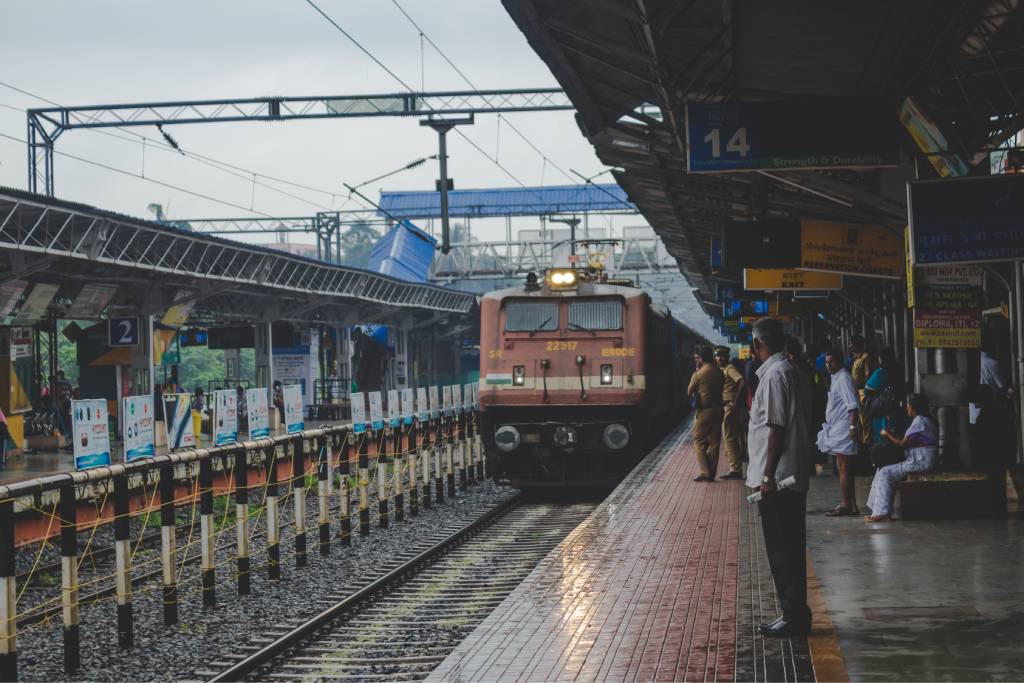
- Kolkata Metro: The Kolkata Metro is India’s oldest underground railway system and offers a convenient mode of transportation within the city.
- Trams: Kolkata is one of the few cities in the world where trams are still in operation, providing a charming and nostalgic way to explore the city.
- Ferries and Waterways: The Hooghly River and its tributaries host a network of ferries and boats, offering picturesque views of the city.
Modern Challenges and Development
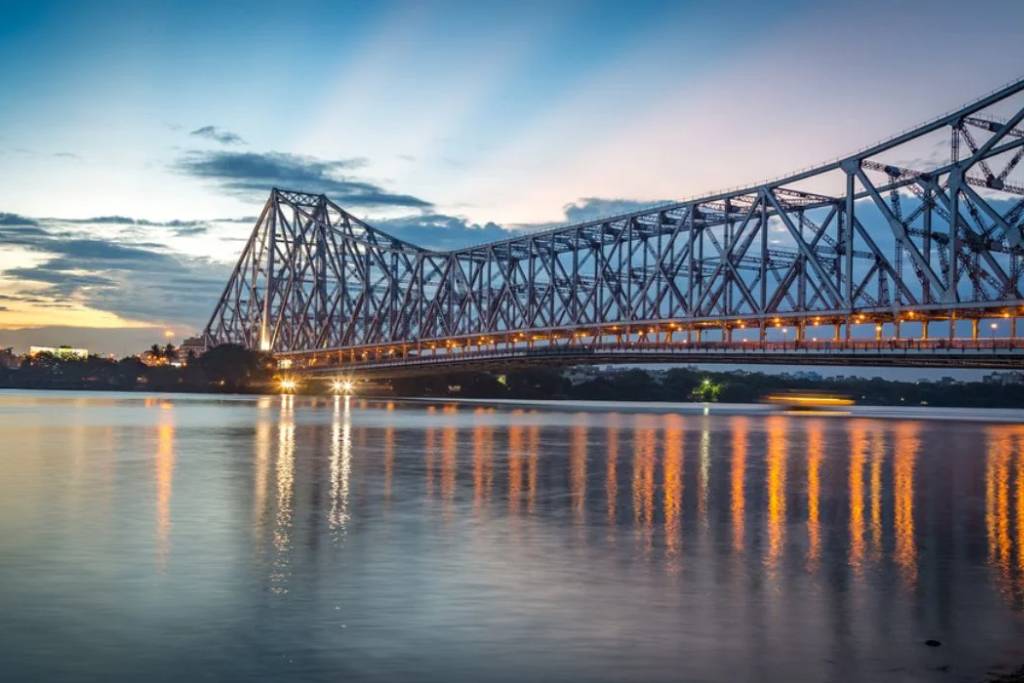
- Infrastructure Development: Kolkata is undergoing significant infrastructure development, with projects aimed at improving transportation, connectivity, and urban living conditions.
- Pollution and Environmental Concerns: Like many urban centers, Kolkata faces challenges related to pollution and environmental degradation, necessitating sustainable development initiatives.
- Urbanization and Population Growth: The city’s rapid urbanization and population growth have placed strains on resources and infrastructure, prompting the need for thoughtful city planning.
Future Prospects
- Smart City Initiatives: Kolkata is actively participating in the Smart City mission, with plans for digitization, improved infrastructure, and enhanced urban services.
- Economic Growth and Investment: The city’s strategic location and economic potential continue to attract investment and drive economic growth.
- Cultural Preservation and Promotion: Kolkata remains committed to preserving its rich cultural heritage while promoting contemporary artistic expressions.